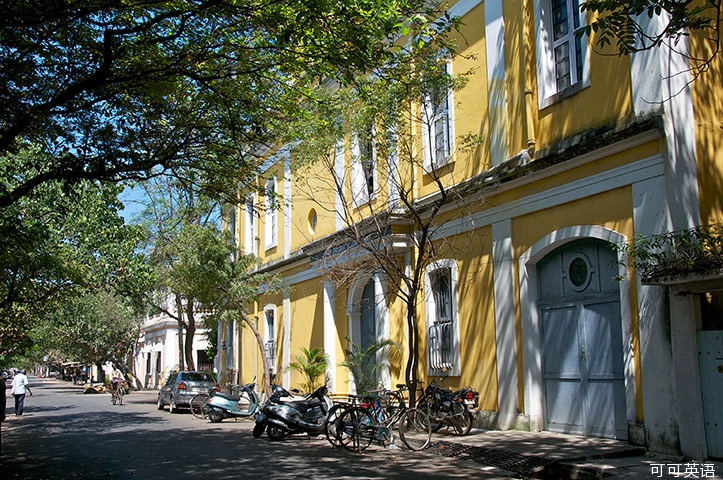
The French Quarter: The backdrop to many of the sequences in Life of Pi. Pondicherry then frequently changed hands between France and Britain between 1761-1815, after which it remained in French possession until 1954.
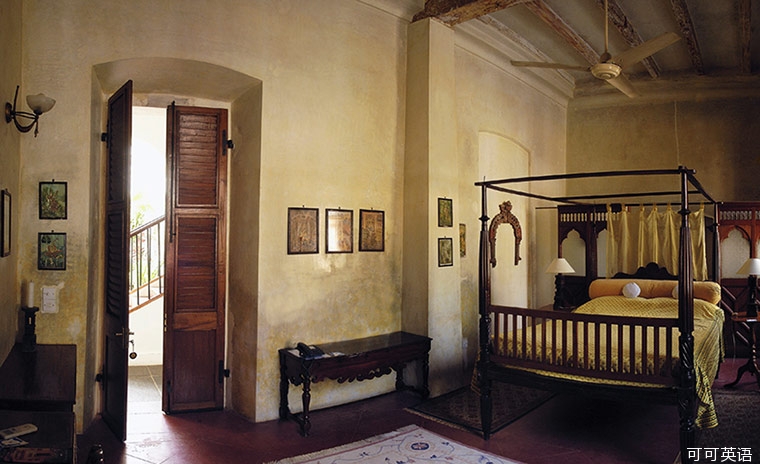
Some grand French Quarter houses have been converted into boutique hotels and restaurants. The menu combines Indian and French flavours but the wine is from Pune in Maharashtra.

Grand Bazaar and Tamil Quarter: The setting for Pi’s flirtations with his girlfriend Anandi ,this football pitch-sized market crams in dozens of types of bananas, sacks of beans, okra and ginger, and flowers.

The smell of jasmine garlands and curry leaves fills the air, though both struggle to compete with the fish market next door. Pi is played in the film by Suraj Sharma, pictured here.
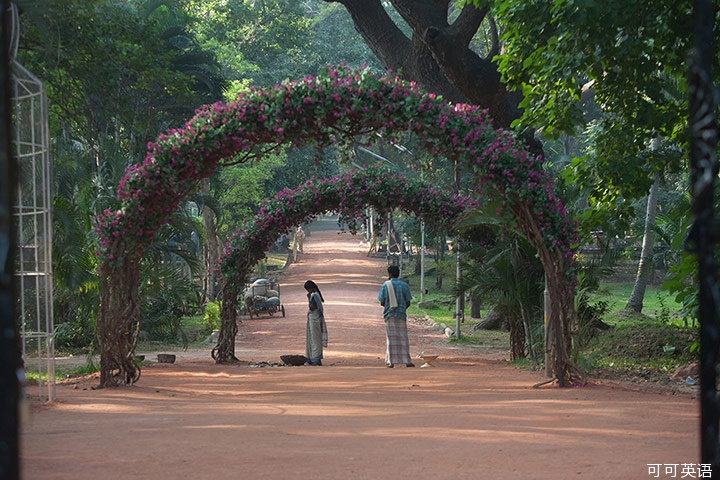
Le Jardin Botanique de Pondicherry: The zoo where Pi’s father works demanded a film set, of course, so director Ang Lee settled on the town’s Botanical Gardens.
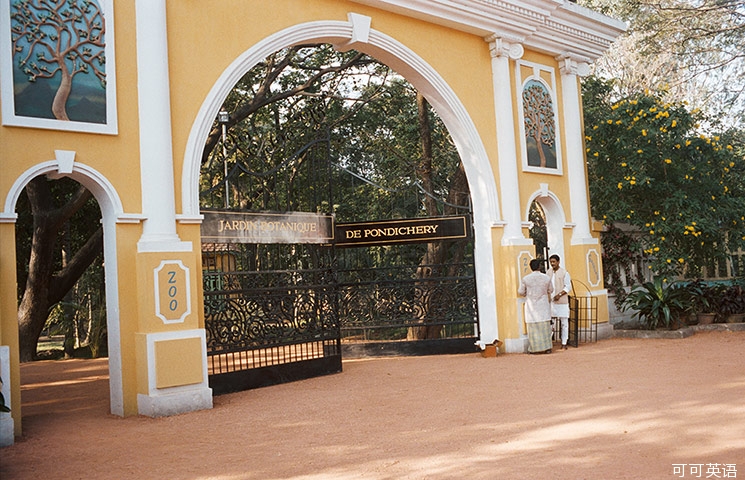
Created by the French in 1826 and covering about 20 acres, the Botanical Gardens are about a mile from the French Quarter, and fronted by the yellow walls typical of Pondy’s remaining French buildings.
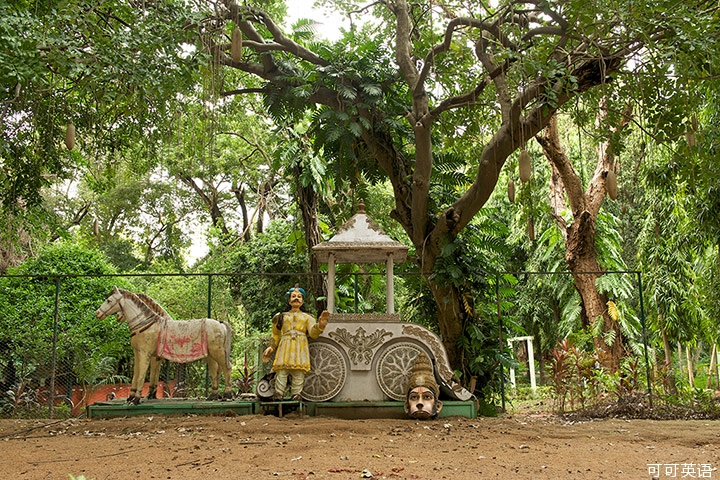
It’s a popular place for courting young Pondicheriens, but it doesn’t offer much of an escape for anyone suffering from humidity. For those feeling the heat, the town’s only swimming pool can be found at the Ananda Inn, famed for its great-value vegetarian buffet

Sri Aurobindo Ashram: Referenced in the novel as a place where Mamaji – Pi’s uncle – swam 30 lengths every morning, and appearing fleetingly in the film as a backdrop, there is no more important place in modern Pondicherry than the Sri Aurobindo Ashram.











